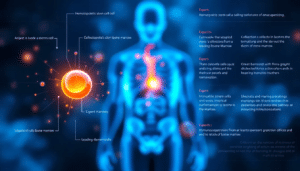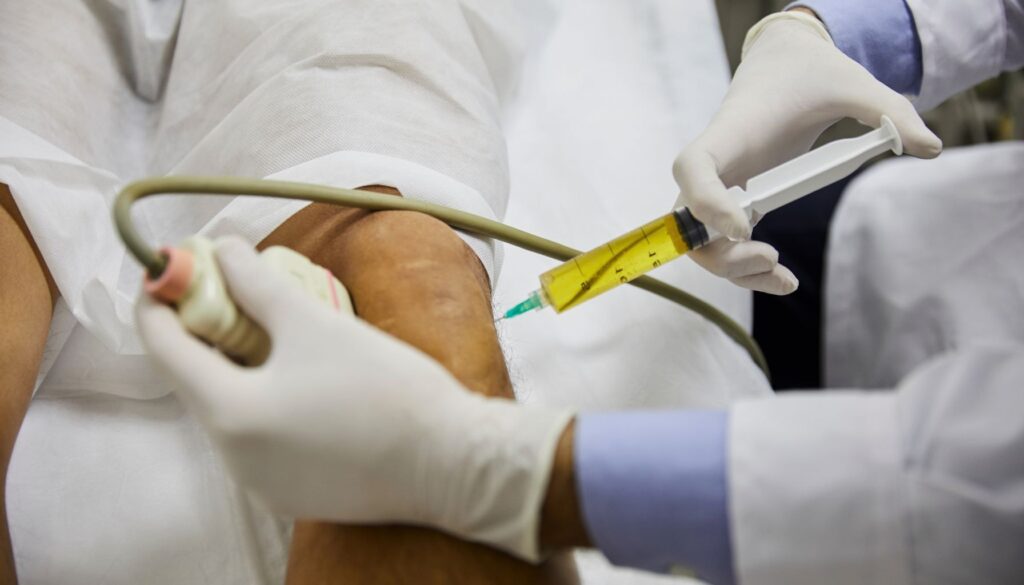
In the world of medicine, there’s one therapy that’s the bright light of hope and innovation—stem cell therapy. Whether you’re a patient looking for treatment options or just curious about the latest science, stem cells can be overwhelming. But here’s the good news: you only need to know 20% of the facts to get the whole picture of what stem cells are, how they work and why they’re at the top of the medical research pile.
What are Stem Cells? The Body’s Repair Kit

At its simplest, stem cell therapy uses the body’s own healing power. Stem cells, including human stem cells, are blank slates—undifferentiated cells that can become almost any cell in the body. Think of them as the raw materials the body uses to replace damaged cells, repair tissues and regenerate organs. The fact they can become brain cells or muscle tissue is what makes them so powerful for healing.
Stem Cells 101: The Basics
When it comes to stem cells, there are three types to know:
Embryonic Stem Cells – Derived from early stage embryos, these are the most versatile. Human embryonic stem cells can become any cell type in the human body.
Adult Stem Cells – Found in various tissues like bone marrow or fat, adult stem cells are a bit more limited. They can only become specific cell types based on their tissue of origin.
Induced Pluripotent Stem Cells (iPSCs) – These are adult cells that scientists have reprogrammed to behave like embryonic stem cells. iPSCs have opened the door to patient specific treatments, bypassing some of the ethical issues.
Hematopoietic Stem Cells – A type of blood stem cells located in the bone marrow, these are crucial for producing all the different types of blood cells and play a vital role in the body’s tissue maintenance and repair mechanisms.
Knowing these three categories is important because each has different uses, benefits and limitations in therapy.
Types of Stem Cells
Stem cells can be broadly classified into two main categories: embryonic stem cells and adult stem cells. Embryonic stem cells are derived from embryos and have the remarkable ability to differentiate into any cell type in the body, making them incredibly versatile. On the other hand, adult stem cells are found in various tissues like bone marrow and fat, and while they are more limited in their differentiation potential, they are still crucial for tissue regeneration and repair.
Within these categories, there are several subtypes of stem cells:
Embryonic Stem Cells: These cells are harvested from early-stage embryos and can become any cell type in the human body, offering immense potential for regenerative medicine.
Adult Stem Cells: Found in adult tissues, these cells are more specialized and can only differentiate into specific cell types related to their tissue of origin. For example, hematopoietic stem cells in bone marrow can become various types of blood cells.
Induced Pluripotent Stem Cells (iPSCs): These are adult cells that scientists have reprogrammed to behave like embryonic stem cells. iPSCs can differentiate into any cell type, providing a versatile and ethically sound alternative to embryonic stem cells.
Hematopoietic Stem Cells: Located in the bone marrow, these stem cells are responsible for producing all types of blood cells, playing a vital role in treatments like bone marrow transplants.
Mesenchymal Stem Cells: Found in adult tissues, these cells can differentiate into connective tissue cells, such as bone, cartilage, and fat cells, making them valuable for orthopedic and reconstructive therapies.
Understanding these different types of stem cells is crucial for grasping the full scope of stem cell therapy and its potential applications.
Stem Cell Sources
Stem cells can be obtained from a variety of sources, each with its own advantages and limitations. Here’s a closer look at where these powerful cells come from:
Embryos: Embryonic stem cells are derived from embryos that are typically 3-5 days old. These cells are pluripotent, meaning they can become any cell type in the body, making them highly valuable for research and potential treatments.
Adult Tissues: Adult stem cells are found in various tissues throughout the body, including bone marrow, fat tissue, and blood. These cells are more specialized and are primarily involved in maintaining and repairing the tissue in which they are found.
Umbilical Cord Blood: Hematopoietic stem cells can be harvested from the blood of the umbilical cord after birth. These cells are used in treatments for blood-related conditions, such as leukemia and lymphoma.
Induced Pluripotent Stem Cells (iPSCs): Scientists can reprogram adult cells, such as skin cells, to become pluripotent stem cells. This process creates stem cells that can differentiate into any cell type, offering a versatile and ethically acceptable source of stem cells.
By understanding the various sources of stem cells, we can appreciate the diverse ways in which these cells can be utilized for medical research and treatment.
How Stem Cell Therapy Works?
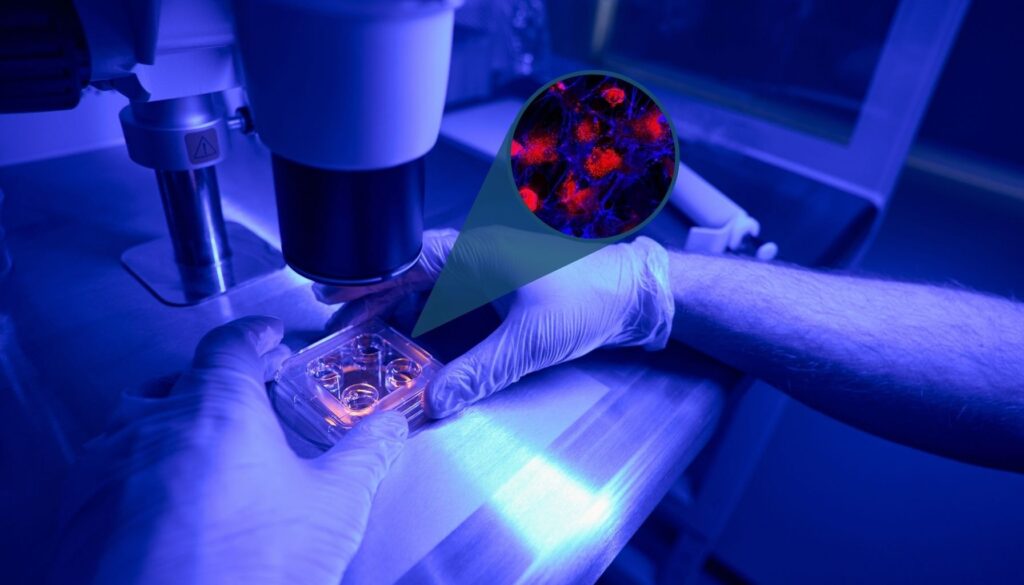
Stem cell therapy is to treat, prevent or manage diseases by regenerating damaged tissues or reducing inflammation. Stem cell transplants are a key method used by healthcare providers to replace damaged bone marrow stem cells with donated adult stem cells. It’s simple in theory—stem cells are injected into the area that needs healing—but the results are life changing. Once the cells are in, they multiply and become the damaged cells they’re replacing, whether that’s cartilage, muscle or nerve tissue.
Medicine: Where Stem Cells Are Being Used
One of the most exciting things about stem cell therapy is the breadth of applications. Stem cell treatment, particularly the use of cord blood stem cells, is already approved by the FDA for treating blood disorders. You may have heard about its use in high profile areas like spinal cord injuries or Parkinson’s disease but here’s a more practical breakdown of where stem cell therapy is being used:
Orthopedics: Stem cells can regenerate cartilage, making them a powerful tool for osteoarthritis and joint injuries. If you’re sidelined by chronic knee pain or hip problems, stem cell therapy can help you avoid surgery.
Neurology: There’s research being done on using stem cells to repair damaged nerve tissue, for patients with neurodegenerative diseases like ALS, multiple sclerosis or spinal cord injuries.
Cardiology: For patients who’ve had heart attacks, stem cells can repair and regenerate damaged heart tissue, including heart muscle cells, to improve overall heart function and quality of life.
These are just the start. Stem cell research is ongoing and could change the way we treat everything from diabetes to autoimmune diseases.
The Ethical Debate: Navigating the Embryonic Stem Cell Controversy
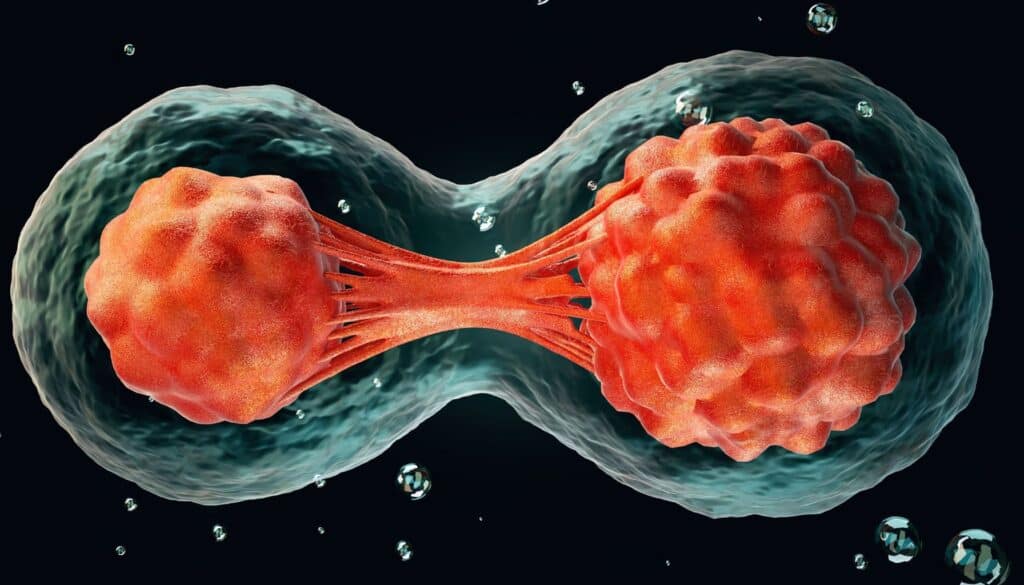
When people hear about stem cell therapy, many think of the ethical issues surrounding embryonic stem cells. The process of deriving these cells involves destroying an early stage embryo which raises moral and ethical questions for many individuals and groups.
But it’s important to know that many stem cell treatments today are based on adult stem cells and induced pluripotent stem cells which bypass the controversy. iPSCs in particular have gotten attention because they offer the same versatility as embryonic stem cells without the ethical issues.
Induced Pluripotent Stem Cells
iPSCs are a game changer. Scientists can take regular adult cells, like skin cells, and reprogram them into stem cells. This means they can create stem cell lines specific to each patient, reducing the risk of immune rejection. And because iPSCs don’t use embryos, they solve the ethical dilemma of stem cell research.
What’s the Risk?
Like any treatment, stem cell therapy has risks. While it’s easy to think of this as a miracle cure, it’s important to be aware of the downsides. The most common risks associated with stem cell therapy are:
Immune Rejection: In some cases the body will recognize the introduced stem cells as foreign and trigger an immune response and inflammation or rejection of the treatment.
Infection: Any procedure that involves injections or surgery carries an infection risk.
That’s why you should talk to a doctor or specialist who has experience with stem cell treatments and can walk you through the risks and benefits.
Challenges in Stem Cell Research

Despite the immense potential of stem cells to revolutionize medicine, several challenges must be addressed before stem cell therapies can become mainstream. Here are some of the key hurdles:
Ethical Concerns: The use of embryonic stem cells involves the destruction of embryos, raising significant ethical and moral questions. This controversy has led to increased interest in alternatives like adult stem cells and iPSCs.
Limited Understanding of Stem Cell Biology: While we have made significant strides in stem cell research, there is still much to learn about the fundamental biology of these cells. Understanding how to control their differentiation and integration into tissues remains a critical challenge.
Difficulty in Differentiating Stem Cells: Ensuring that stem cells differentiate into the desired cell type is not always straightforward. Missteps in this process can lead to ineffective treatments or unintended consequences.
Risk of Tumor Formation: One of the risks associated with stem cell therapy is the potential for undifferentiated cells to form tumors. This risk is particularly pronounced with embryonic stem cells.
Immune Response: Introducing stem cells into a patient’s body can trigger an immune response, leading to rejection or inflammation. Finding ways to minimize this risk is essential for the success of stem cell therapies.
Addressing these challenges is crucial for the safe and effective implementation of stem cell therapies in clinical practice.
Testing and Validation of Stem Cell Therapies
Before stem cell therapies can be widely adopted, they must undergo rigorous testing and validation to ensure their safety and efficacy. This process involves several critical steps:
Preclinical Testing: Stem cell therapies are first tested in animal models to evaluate their safety and effectiveness. These studies help identify potential risks and refine the treatment protocols.
Clinical Trials: Once preclinical testing is complete, stem cell therapies move on to human clinical trials. These trials are conducted in phases, starting with small groups of patients to assess safety and gradually expanding to larger groups to evaluate efficacy.
Regulatory Approval: Stem cell therapies must be approved by regulatory agencies, such as the FDA, before they can be offered to patients. This approval process ensures that the therapies meet stringent safety and efficacy standards.
Long-term Follow-up: Patients who receive stem cell therapies are monitored over the long term to track the treatment’s outcomes and identify any potential side effects. This follow-up is essential for understanding the therapy’s long-term safety and effectiveness.
By undergoing this thorough testing and validation process, stem cell therapies can be safely and effectively integrated into medical practice, offering new hope for patients with a wide range of conditions.
Stem Cell Therapy Future: Where Are We Going?
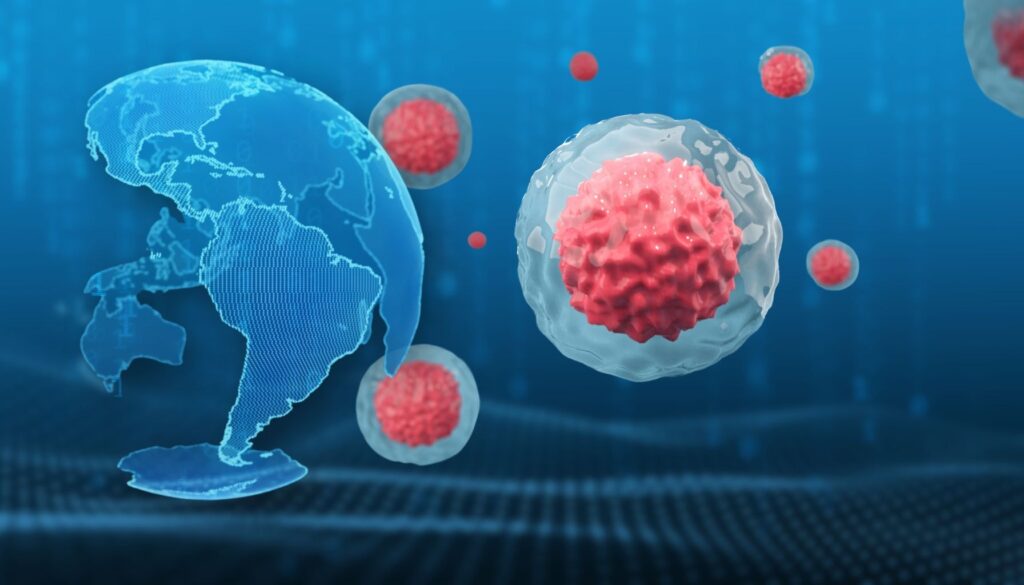
The future of stem cell therapy is bright. Right now researchers are running clinical trials daily on a wide range of medical conditions and the early results are looking good. As science advances we hope to see stem cells used to treat not just common conditions like arthritis or heart disease but also complex and life threatening diseases like cancer or neurodegenerative disorders.
Stem Cells and Personalized Medicine
One of the biggest future developments is personalized medicine. By creating stem cells specific to each patient, doctors can create customized treatments that are more effective and reduce the risk of immune rejection. This personalized approach could change the way we treat diseases, allowing us to tailor treatments to each individual’s unique genetic makeup.
Why Stem Cell Therapy Matters: Real World Impact
It’s easy to get lost in the science and forget that stem cell therapy isn’t just an idea – it’s a treatment that’s already working. Take cartilage regeneration in osteoarthritis patients. Many people who have had stem cell therapy for joint pain report reduced inflammation, improved mobility and better quality of life without surgery.
Another example is heart disease. For patients who have had heart attacks, stem cell therapy offers the possibility of regrowing damaged heart tissue, reducing the need for a lifetime of medication or the risk of heart failure.
Conclusion: The 20% of Stem Cell Therapy That Matters
In the end it all comes down to this:
Stem cells are the body’s building blocks, that can become almost any cell.
There are three types of stem cells: embryonic, adult and induced pluripotent stem cells.
Stem cell therapy can regenerate tissues, reduce inflammation and treat a range of conditions from arthritis to heart disease.
Embryonic stem cells have ethical issues but adult stem cells and iPSCs are alternatives.
Stem cell therapy has risks of immune rejection, tumor formation and infection.

